America’s first hydrogen fuel cell train is expected to be operational in San Bernadino California in 2024 and there’s a cool connection back to Michigan State University. Hydrogen fuel cell powered trains are already in public service in both Germany & China. Hydrogen fuel cell trains create their own electricity onboard by running hydrogen from a tank & oxygen from the ambient air through a fuel cell. That electricity powers a motor that runs the wheels & on-board “right-sized” battery pack that buffers electricity flow and the only emission is potable water. Hydrogen fuel cell trains are being hash tagged on Twitter as #Hydrail.
The San Bernadino County Transportation Authority (SBCTA) has begun mainline construction on the Redlands Passenger Rail Project, which is bringing the next generation of passenger rail service to the East Valley. To celebrate this momentous occasion, SBCTA had a Groundbreaking Event on July 19,2019 near the corner of Third Street and Stuart Avenue in Redlands.
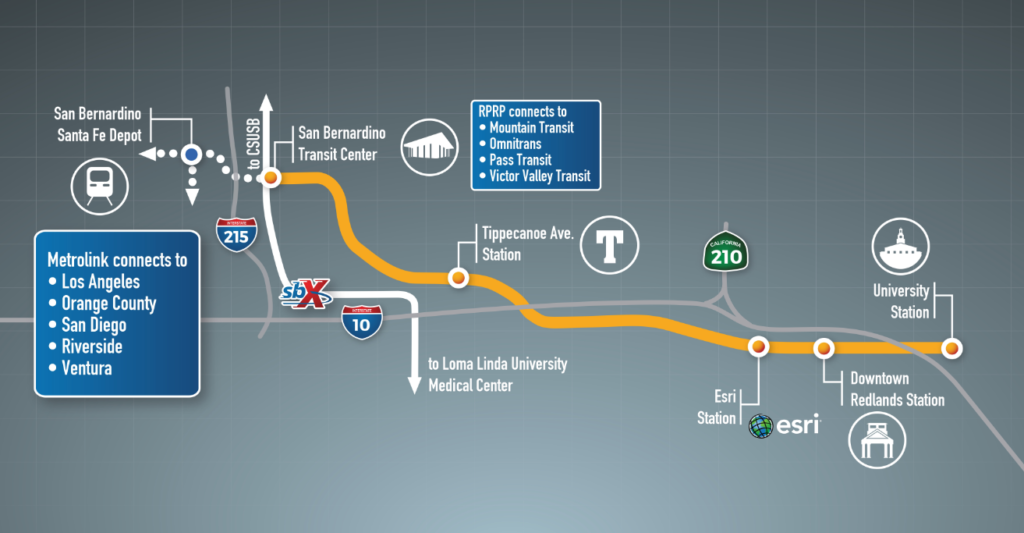
The Redlands Passenger Rail Project will add a nine-mile rail connection between the University of Redlands and the San Bernadino Transit Center, a multi-modal transit hub that can provide access to all points west. When completed, the project will house the Arrow commuter line, featuring specially designed zero-emission hydrogen fuel cell powered trains. The zero-emission units will be the first of their kind in North America. The Arrow system is expected to be operational in 2021 & up to date information about construction on the project & road crossing closures as the construction plays out can be
found at the project’s official website here. The hydrogen train, according to Mass Transit Magazine, is expected to go into service in 2024.
“We’re thrilled to move the Redlands Passenger Rail Project one step closer to reality with the start of construction.” said Darcy McNaboe, President of SBCTA. “This project will be a game changer for public transit in San Bernadino County and throughout our region. When finished, this system will represent an important clean-air transit solution in one of the most challenged air-quality basins in the country.”
Alstom’s Coradia iLint shown in the video clip below is the world’s first hydrogen powered train. The Coradia iLint went into commercial service in Lower Saxony Germany in September of 2018. Two pre-series trains, homologated by the German Federal Railway Association, are now running between the cities of Cuxhaven, Bremerhaven, Bremervörde and Buxtehude.
RMP is not against battery technology. Batteries on their own work great for many applications. Batteries & fuel cells don’t work against each other; they work together. Batteries and fuel cells working together complement each other to make a better propulsion system similar to the way your computer stores short term memory as RAM & long-term memory on a hard drive to give you the information you need in the most efficient manner; no waste. No one fights in blogs about only buying a computer with RAM & no hard drive or a computer with no RAM & a only hard drive. It makes no sense to fight over something like that because everyone knows RAM & hard drives work together to give you the performance & cost needed for a great product. It’s the same thing with hydrogen fuel cells & batteries, they work better together by capitalizing on the strengths of each technology.
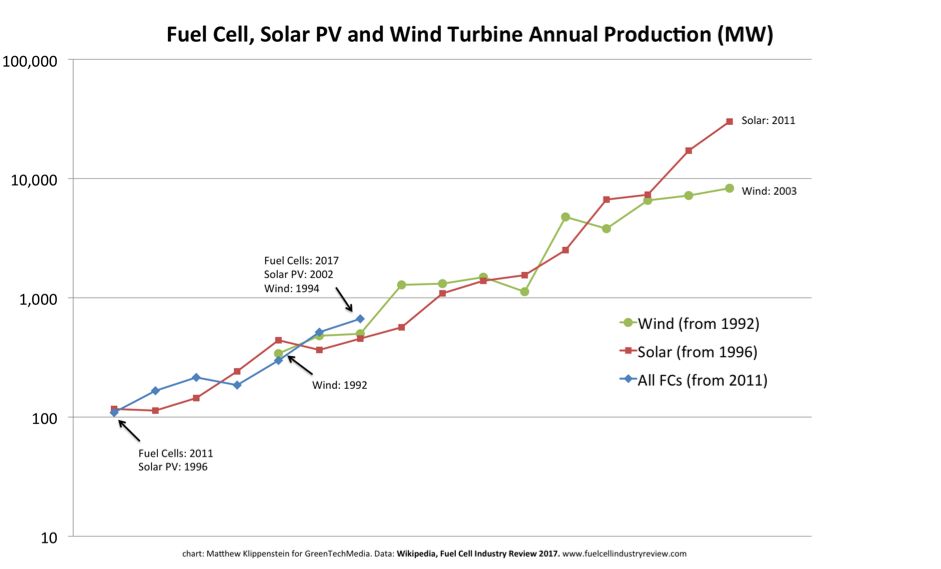
RMP has been advocating on our blog for the economics of hydrogen fuel cells and the US Department of Energy’s H2@scale initiative since 2015. RMP is hq’d in South Lyon, Michigan and it’s great to see Michigan State University being acknowledged as playing an important role in San Bernadino County’s decision to choose #hydrail over other competing technologies for this city project that will construct new rail & refurbish dormant lines to run 9 miles from SBCTA in the west to University Redlands in the east.
According to MSU’s official website, the SBCTA’s decision to choose #hydrail was heavily influenced by Michigan State University research that considered expansion of the rail service routes by approximately 60 miles — connecting San Bernadino to Los Angeles Union Station. Michigan State University’s Center for Railway Research and Education, or CRRE, made recommendations based on which low- or zero-emission technology could best cover the 60 mile route rather than just the initial 9 mile route. The researchers examined traditional wayside electrification [catenary], conventional diesel-electric, biofuels, natural gas, batteries, hydrogen fuel cell technology and hybrid powertrain options. MSU’s CRRE final team recommendations proposed a battery-powered train or a hydrogen fuel cell hybrid train, and SBCTA decided in favor of the latter due to easier scalability and the potential larger service expansion.
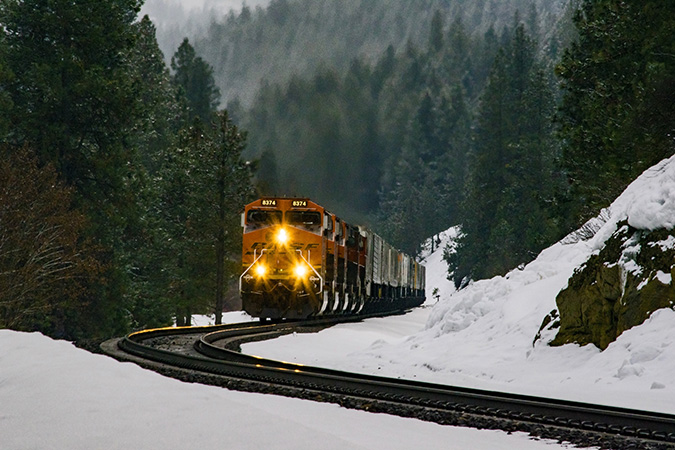
As a result of CRRE’s technical contribution, the SBCTA signed a contract on Nov. 14 with Stadler U.S., Inc., to commission the first hydrogen-powered, zero-emission passenger train to the U.S.
“MSU research and technical input was paramount in advancing the SBCTA Board of Directors decision to move forward with hydrogen-powered technology,” said Carrie Schindler, director of Transit and Rail Programs for SBCTA. “Being in one of the worst air quality areas in the nation, projects like this are critical to SBCTA’s mission to improve the quality of life for San Bernadino County residents,” she continued.
“Investigating alternative fuels and powertrains for railway vehicles is one of our areas of expertise,” said Andreas Hoffrichter, Burkhardt professor in Railway Management and executive director of the CRRE which is housed at the Eli Broad College of Business at MSU. “We are globally leading in this field with particular expertise in hydrogen fuel cell railway vehicles, so this project was a natural fit.” As Michigan’s reporting authority on hydrogen fuel cell technology, RMP is proud to see our home state’s own MSU contributing to the cutting edge of global clean energy technology; big ups to you Sparty Nation.
Below is a quick overview of each of the stations that are planned on the 9 mile route from the first station at the west end to the last station in the east end of San Bernadino. It is most likely only one of these stations will have a hydrogen refueling station (HRS) as I would not think you’d need more than one HRS to run train 18 miles round trip. RMP will update our USA H2 map when/if we learn where the hydrogen refueling infrastructure will actually be built
- SBCTA location – San Bernadino Downtown Metrolink Station: {lat: 34.09914, lng: -117.29570}. The SBCTA location is the western most edge of this new Arrow hydrogen rail project that goes east from here. The routes to the east of SBCTA where the hydrogen project will run are going to need to be upgraded and stations will need to be built also. Of note, while this new Arrow project adds a 9 mile extension of new rail, there are hundreds of miles of working diesel rail that go west from San Bernadino to many points up and down the Pacific Coast. This is an incredible Google Map that shows the hundreds of miles of diesel rail routes from San Bernadino over to the Pacific shoreline, which represent a wonderful opportunity for hydrogen to capture additional market share from diesel. Routes run from San Bernadino in the east to Ventura in the north all the way to Oceanside in the south.
- Tippecanoe Station – {lat: 34.07294, lng: -117.26164}, This location is RMP’s best guess of where a station would be built based on looking at a zoomed in Google map. This lat/lon is where I think it would go because there is an empty plot of land here.
- ESRI Station @ New York Street {lat: 34.06062, lng: -117.19668}, This station was found from the article above. This again is a logical guess as to where the location would be for ESRI @ New York street station.
- Downtown Redland Station – {lat: 34.05936, lng: -117.18534} This will be north of Studio Movie Grill movie theatre. This station will be the second to last station going east.
- University Station – This station will be the eastern most station and mark the end of the 9 mile route. This station will most likely be built on the north side of the track where the university has a large plot of land.
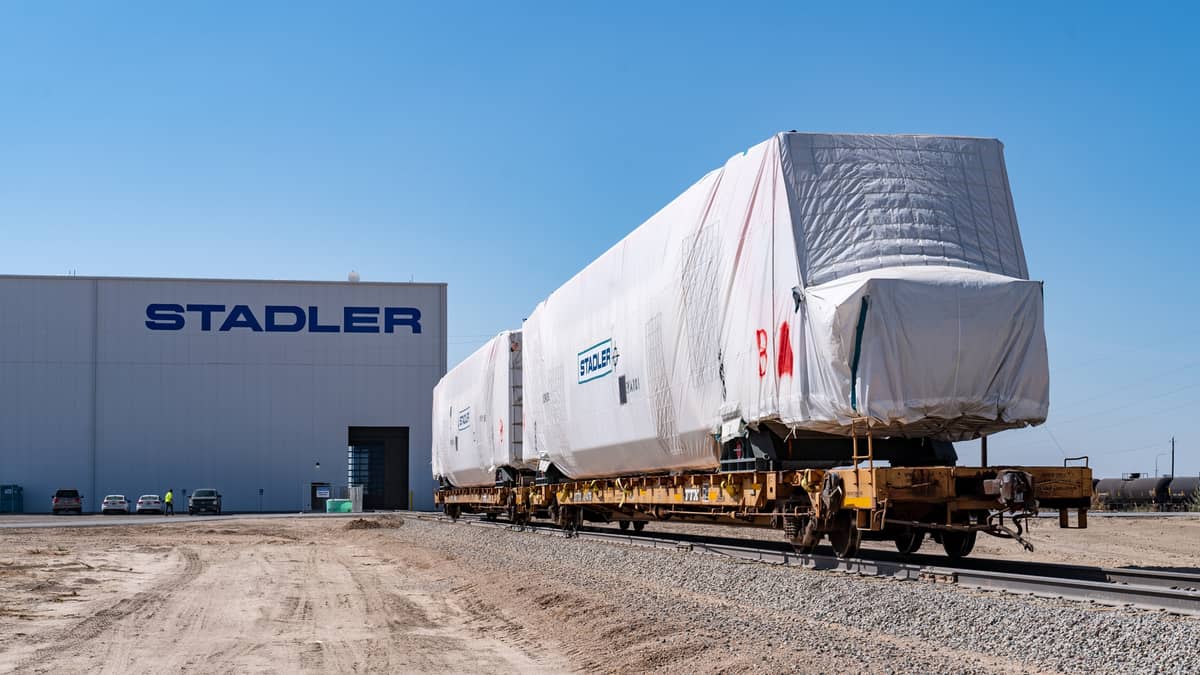
Now that we have San Bernadino’s geography well understood, what about the manufacturer of the train & propulsion system? The manufacturer of the train will be Zurich, Switzerland based Stadler. Under the agreement with SBCTA, Stadler will develop the hydrogen-powered FLIRT H2 for the U.S. The ordered vehicle consists of two cars with a power pack in between to hold the fuel cells and hydrogen tanks. The train is expected to have seating space for 108 passengers and is projected to travel at a maximum speed of 79 mph. FLIRT stands for Fast Light Intercity and Regional Train and Stadler wrote the book on building these trains. Stadler has been making trains since their founding in Zurich Switzerland over 75 years ago. The baseline design of FLIRT is an electric multiple unit articulated trainset that can come in units of two to twelve cars with two to six motorized axles. Standard floor height is 57 cm (22.4 in), but 78 cm (30.7 in) high floors are also available for platform heights of 76 cm (29.9 in).
“Implementing innovative solutions like this first-of-its-kind passenger train is an excellent example of how we are demonstrating our commitment to the next generation in San Bernadino County,” said SBCTA President Darcy McNaboe. “The hydrogen FLIRT will help us address the commuting needs of today while preserving our environment for a better tomorrow.”
The train is expected to be in service in 2024 as part of the Redlands Passenger Rail Project. The contract signed includes an option for four additional hydrogen-powered vehicles. Stadler opened a new manufacturing facility in Salt Lake City Utah in May of 2019 with an opening ceremony that included Utah’s governor. RMP does not currently know who is making the hydrogen fuel cell stack for this train, but will update this article when we discover the manufacturer.
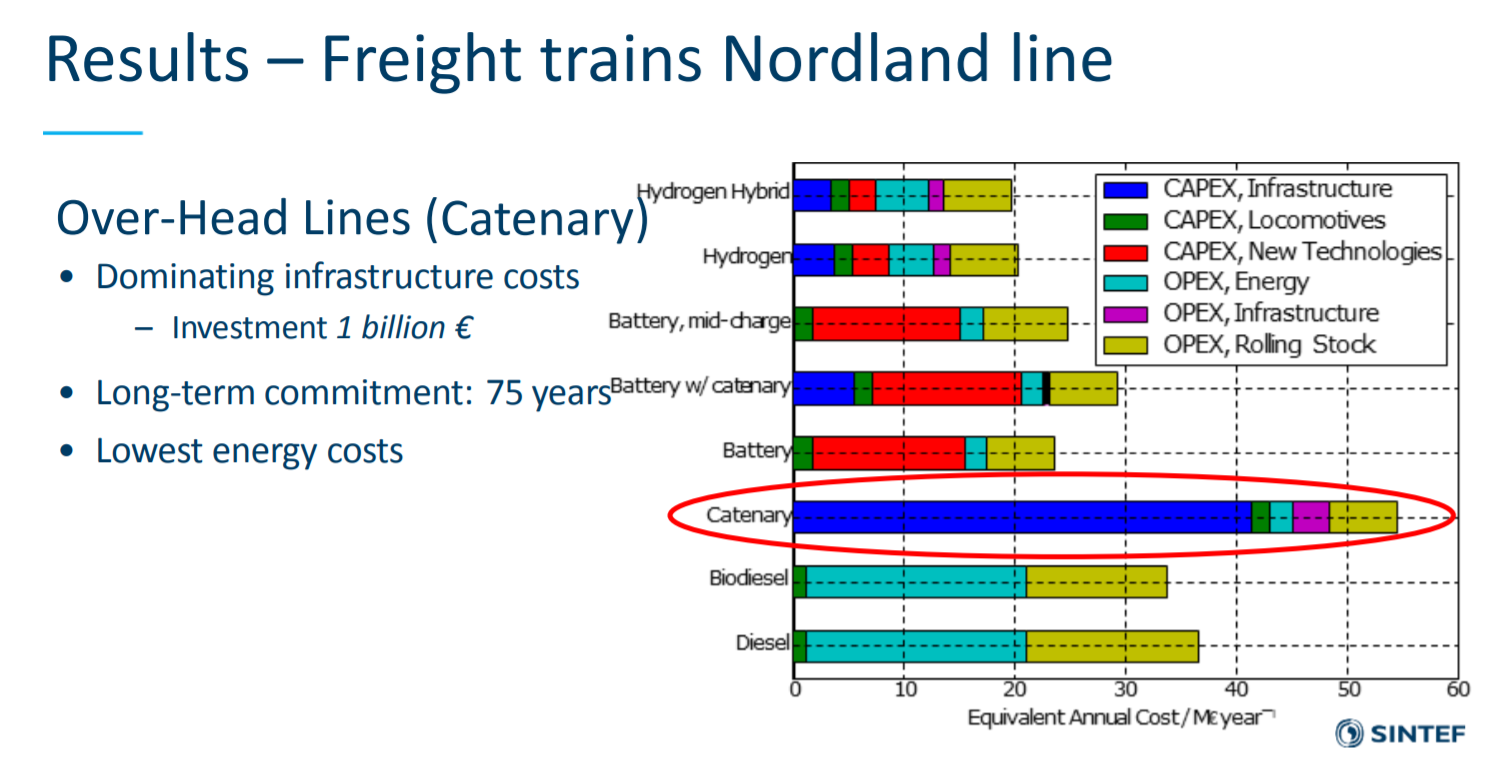
While RMP does not know who is making the hydrogen fuel cell stack, there are many manufacturers becoming more & more capable to do so. Ballard makes off the shelf stacks for trains, Cummins [Hydrogenics] has off the shelf stacks for heavy duty, and other major players like Hyundai also make very advanced stacks & have a long history in heavy duty vehicles & marine vessels. Toyota is known to have advanced stacks also that are improving in efficiency in double-digit percentages with each new iteration. GM & Honda are collaborating on mass manufacturing what they’re calling Gen2 stacks right here in Brownstown Michigan.
With so many manufacturers starting to make fuel cell stacks, ancillary equipment, and turn-key fuel cell systems it is anticipated that costs are poised to drop as manufacturing scales up. The supply chain is growing and the cost of equipment to produce & distribute hydrogen is expected to drop in similar fashion to the way costs have dropped in solar & wind power generation. This has been something Matthew Klippenstein, who’s work has been published in Green Car Reports, GreenTechMedia, & other well known publications, has been writing about for years. RMP considers Matthew a friend of our organization and we share his economic views on the prospects of the hydrogen economy.
Many scientific authorities like the US Department of Energy, the Canadian Hydrogen & Fuel Cell Association, and universities around the world like Michigan State University right here in RMP’s backyard are endorsing hydrogen fuel cells for sustainable energy. It’s nice to know Michigan’s MSU is part of this growing chorus of university voices supporting the hydrogen economy which will allow America to prosper sustainably & without foreign oil.
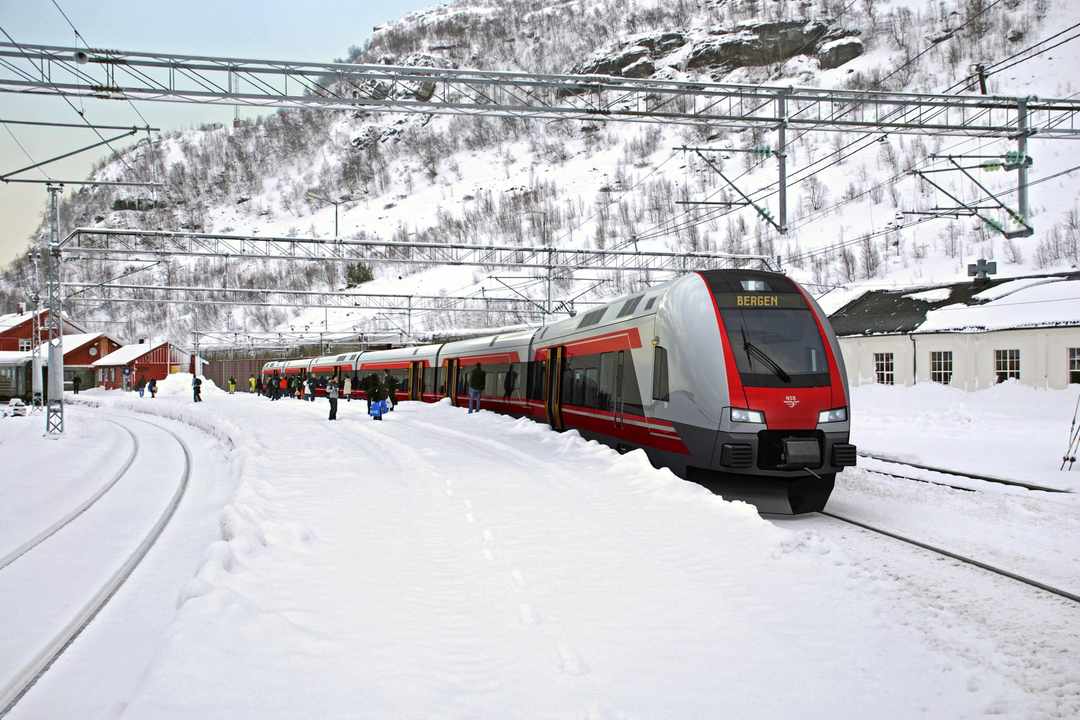
The old cliché is that a journey of one thousand miles begins with a single step comes to mind when thinking about this story of the first hydrogen fuel cell train in America. Hydrogen fuel cells are already reaching the point where they’re economical long-term solutions for city planners. The economics of hydrogen fuel cells only get stronger as the supply chain of manufacturers scales up. California is again leading the way and has demonstrated the ability to permit, zone, build, commission, and open hydrogen refueling stations. Hydrogen fuel cell propulsion systems can compete with diesel trains economically but diesel cannot compete with hydrogen when it comes to clean air & water because hydrogen rail is 100% emission fee at the source. It is not that hard to imagine this as the beginning of every big diesel engine getting replaced with a 100% emission free hydrogen fuel cell stack as the years tick by.
Even though the San Bernadino station marks the western edge of this new hydrogen rail project, 100s of miles of rail run west from San Bernadino to the Pacific Ocean’s coast. When the hydrogen train demonstrates its longevity, uptime, safety requirements, and maintenance requirements and is well understood, there exists a significant opportunity for hydrogen rail to gain market share west from San Bernadino. All destinations west of San Bernadino are now in play to convert to hydrogen trains because all you have to do is build more refueling stations near cheaper more abundant renewable energy. The possibilities for #hydrail are big from this one project. City planners from all over the world will be able to come to California to see what RMP has been writing about for years: hydrogen fuel cells just work economically. As Geoffrey Ballard (father of the hydrogen economy) once said, it’s pretty hard to argue a hydrogen fuel cell bus doesn’t work when you’re riding on a working hydrogen fuel cell bus.
RMP will chronicle the development of this story as construction plays out. Follow us on Twitter & like us on facebook. We are a Michigan based 501(c)3 focused on protecting our air & water natural resources both in Michigan and around the world. Help us by making a tax-deductible donation by clicking here. If you like the content of this article please subscribe to our blog via email by entering your email address at the bottom of this webpage, RMP will never spam or share your email with anyone ever. Thanks for reading.
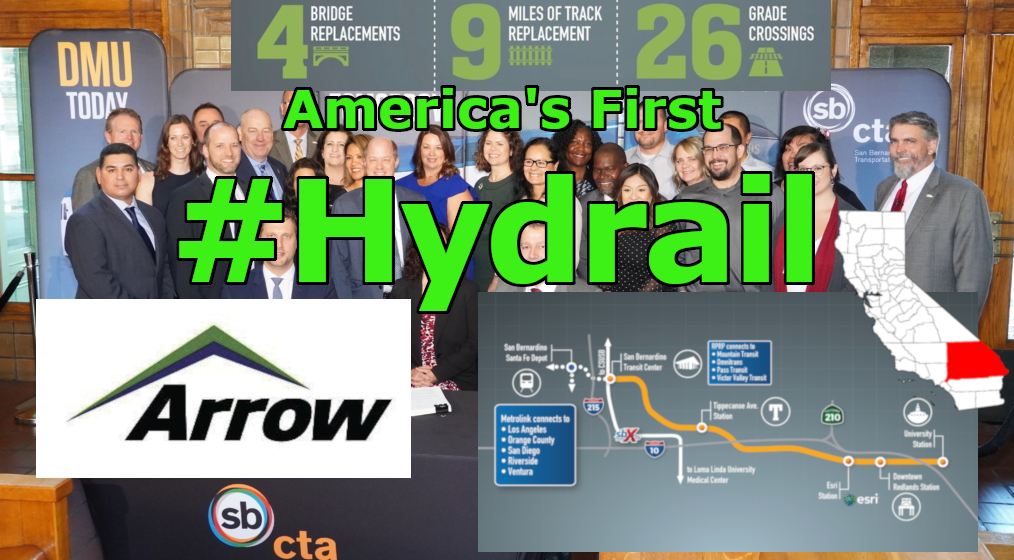
Leave a Reply